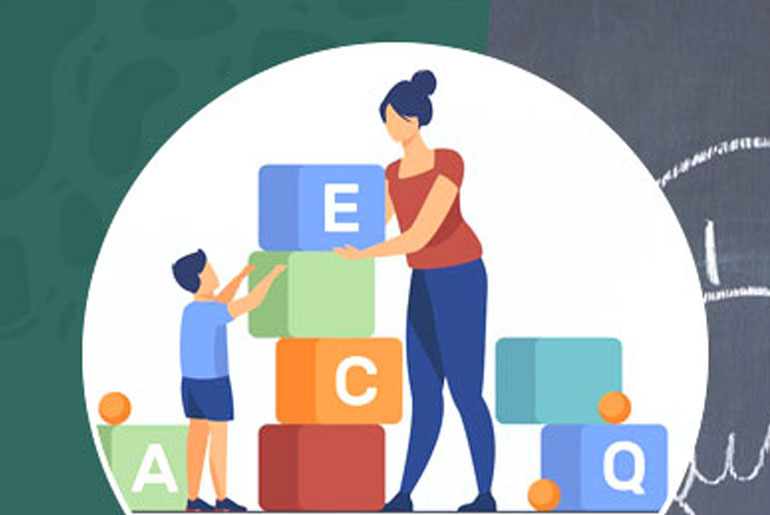Cognitive functioning in children, including their decision-making skills, memory, and attention, is critical for their overall development and quality of life. A recent study conducted by researchers from Waseda University demonstrated that light-intensity exercises can significantly boost cognitive function in children by increasing blood flow to the prefrontal cortex—the part of the brain responsible for higher-level thinking, decision-making, and regulating attention. This discovery is particularly important for children leading sedentary lifestyles, as simple and low-impact physical activities can be easily integrated into their daily routines to improve brain function.
The Global Concern of Brain Development in Children
One of the key challenges faced today is the lack of physical activity among children worldwide. According to reports, about 81 percent of children globally do not meet the recommended levels of regular physical activity. This sedentary behavior can severely impact cognitive development and overall brain function. While most existing studies focus on moderate to vigorous physical exercise for enhancing cognitive skills, this recent study from Waseda University offers an alternative by showing that even light exercises can be effective. This is a crucial finding, especially for children who are not physically active or those who struggle to engage in more intense forms of exercise.
The Study and Its Implications
The study focused on the effects of light exercise on cerebral blood flow. Naito and his team designed simple workouts that could be easily performed at home or in between classes, making them accessible to children without requiring special equipment or conditions. The exercises were tested on 41 healthy school-aged children, who were introduced to a series of easy, low-impact exercises that could be performed anywhere. The results revealed that even short bursts of these light exercises were sufficient to increase blood flow to the prefrontal cortex, thereby enhancing the children’s cognitive function.
Here’s how each of these simple exercises can be done to help boost flexibility, coordination, and brain function in children:
1. Upward Stretch (Reaching Upward with Folded Hands)
This exercise helps stretch the spine, improve posture, and increase blood flow to the brain, promoting better concentration.
- How to do it: Stand tall with feet shoulder-width apart. Fold your hands together and raise them above your head. Reach as high as possible while keeping your arms straight. Hold for 10-15 seconds and repeat.
2. Shoulder Stretch (Stretching One Arm Across the Chest)
This stretch relieves tension in the shoulders and neck, areas often tight from poor posture or long periods of sitting.
- How to do it: Extend one arm across your chest and use your other arm to gently pull it closer to your body. Hold for 15-20 seconds, then switch arms.
3. Elbow Circles (Rotating Elbows Widely)
Elbow circles help improve shoulder mobility and coordination, which can also aid in developing motor skills.
- How to do it: Bend your arms at the elbows and place your hands on your shoulders. Slowly rotate your elbows in wide circles forward for 15 seconds, then reverse the direction for another 15 seconds.
4. Trunk Twist (Twisting the Upper Body)
This exercise stretches the torso, improves spinal mobility, and enhances coordination between the upper and lower body.
- How to do it: Stand with feet shoulder-width apart and place your hands on your hips or extend your arms out to the sides. Twist your torso to the right as far as is comfortable, then twist to the left. Repeat this back-and-forth motion for 10-15 reps.
5. Washing Hands (Rubbing Hands Together)
This simple hand movement helps with sensory stimulation and motor coordination, improving finger dexterity.
- How to do it: Rub your palms together as if washing your hands for 20-30 seconds. Increase speed gradually and vary the movement by rubbing different parts of your hands, such as the backs of your hands or your fingertips.
6. Thumb and Pinky (Finger Dexterity Exercise)
This exercise improves fine motor skills and hand-eye coordination, which are essential for writing and other tasks requiring precision.
- How to do it: Extend all fingers on one hand. Touch the tip of your thumb to the tip of your pinky, then return to the starting position. Repeat this with each finger on both hands for 10-15 reps.
7. Single-leg Balance (Standing on One Leg for Balance)
Balancing exercises like this help improve focus, coordination, and brain-body communication.
- How to do it: Stand on one leg with your arms extended to the sides for balance. Hold for 20-30 seconds, then switch to the other leg. To increase difficulty, try closing your eyes or gently moving your arms while balancing.
A study observed that when students performed certain exercises, there was an increase in blood flow to the prefrontal cortex, the region of the brain responsible for decision-making, attention, focus, and memory. This heightened blood flow indicates enhanced brain activity in these critical areas, suggesting that physical exercise can positively impact cognitive function related to concentration, problem-solving, and memory retention. The findings highlight the potential benefits of incorporating physical activity into routines for improving mental performance and academic success.
Disclaimer:
The information contained in this article is for educational and informational purposes only and is not intended as a health advice. We would ask you to consult a qualified professional or medical expert to gain additional knowledge before you choose to consume any product or perform any exercise.







